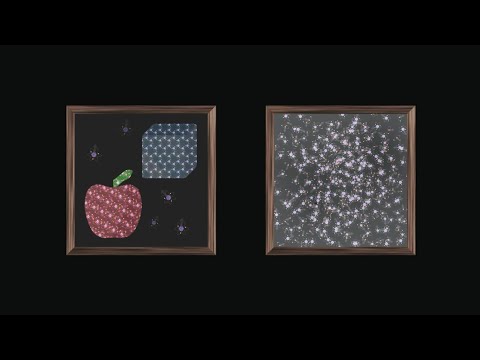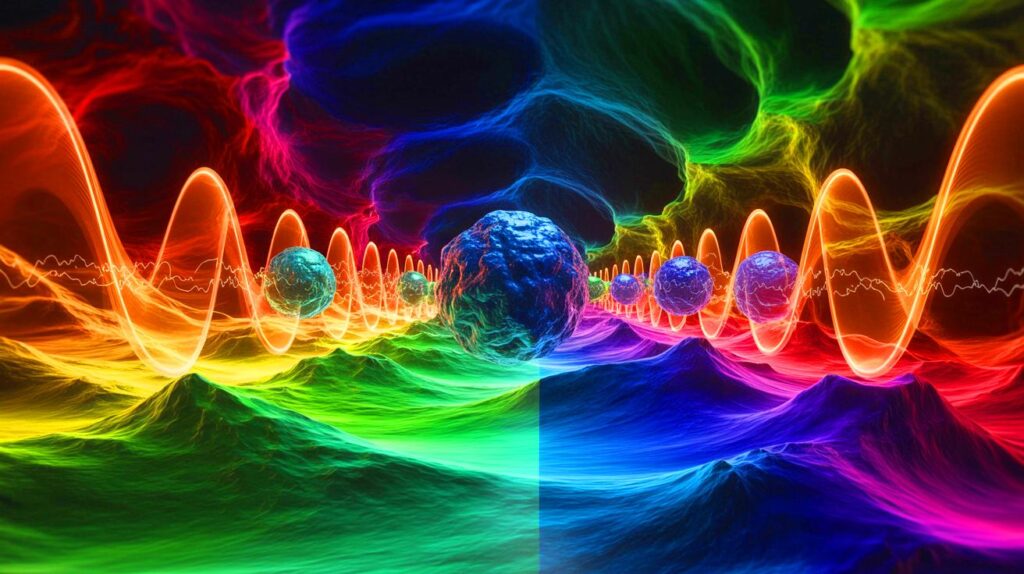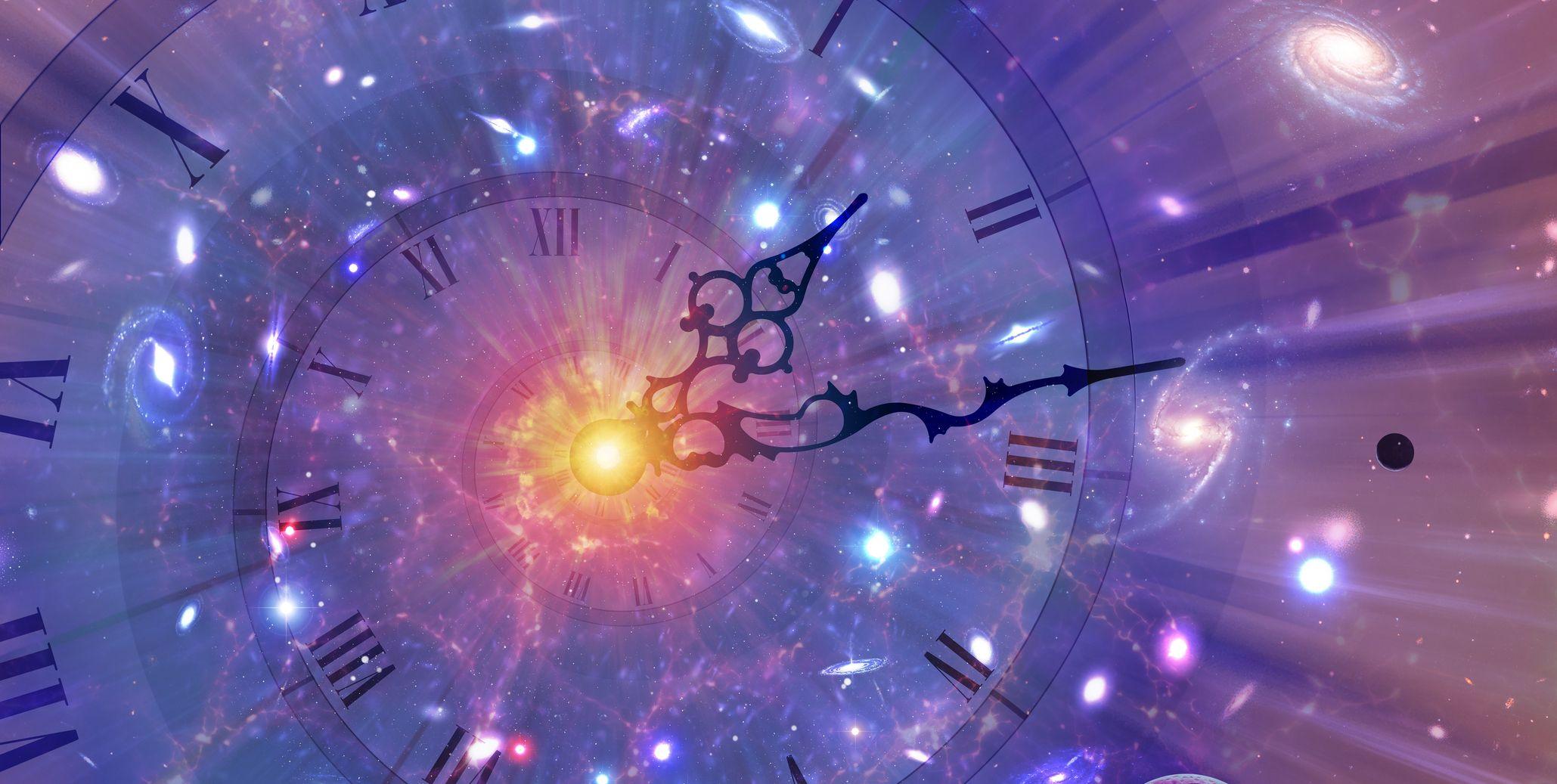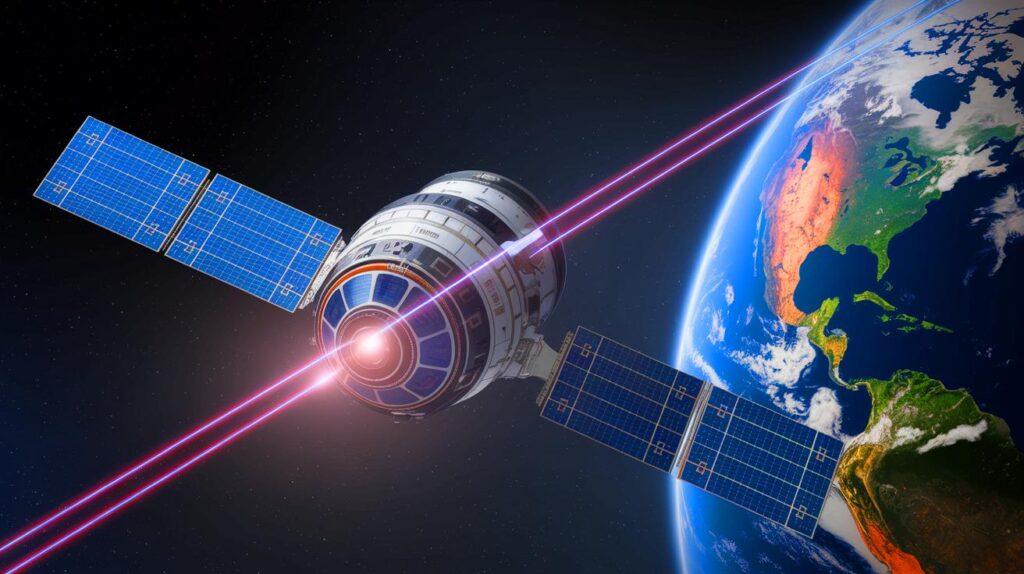| In Brief |
|
The direction of time has long fascinated scientists and philosophers alike. The time we experience seems like an unstoppable force that always moves forward and never backward. However, this notion of time’s irreversibility is being questioned by recent research from quantum physics. These studies propose a new understanding of time, suggesting that time arrows might move in opposite directions. This discovery could significantly affect our grasp of thermodynamics, quantum mechanics, and even the origin of the universe.
The Mysteries of the Arrow of Time
The arrow of time is a concept that has intrigued for decades. It represents the one-way direction in which time seems to flow. In classical physics, the equations often work independently of this direction, but our everyday perception of time is asymmetric. Like a swinging pendulum, time seems to inexorably move towards the future. Nevertheless, physicists are trying to understand why this asymmetry exists. Recent works have revealed that in certain open quantum systems, two arrows of time can exist, moving in opposite directions. This discovery raises new questions about the fundamental laws of physics.
Open Quantum Systems and Energy Dissipation
To explore the dynamics of time, researchers have focused their efforts on open quantum systems. Unlike closed systems, these systems interact with their environment, allowing for changes over time. Energy dissipation, or entropy, is a key indicator of the direction of time in these systems. When a system loses energy to its environment, it reflects the passage of time. This dissipation is irreversible, like milk spilled from a glass that can never return to the glass. This irreversible process serves as a marker of the flow of time, essential for understanding the arrow of time in quantum systems.
Theoretical and Conceptual Implications
The findings from this research pave the way for new theoretical interpretations. The discovery of two arrows of time in quantum systems challenges many common assumptions about time. According to Andrea Rocco, the lead author of the study, this theoretical model suggests that two temporal paths are possible: one moving forward and another moving backward. While purely theoretical, this idea could prompt a re-evaluation of our understanding of concepts such as thermodynamics and cosmology. The notion of “double entropy” introduces an unexpected symmetry in how time might operate at the subatomic level.
Future Perspectives and Open Questions


While this research does not open the door to time travel, it raises fascinating questions about the nature of time and the universe. The idea that two universes could exist, each moving in opposite temporal directions, is a speculation worthy of further exploration. These findings may also influence our understanding of cosmic events, such as the Big Bang. As science progresses, new questions emerge about the direction of time and its impact on our reality. How will these discoveries affect our current theories of fundamental physics?
The understanding of the arrow of time in open quantum systems continues to challenge our traditional conceptions of time. Although the practical implications of this research remain unclear, it offers a theoretical framework for exploring profound questions about the nature of our universe. How will these new perspectives on time shape our future understanding of physics and the universe?









